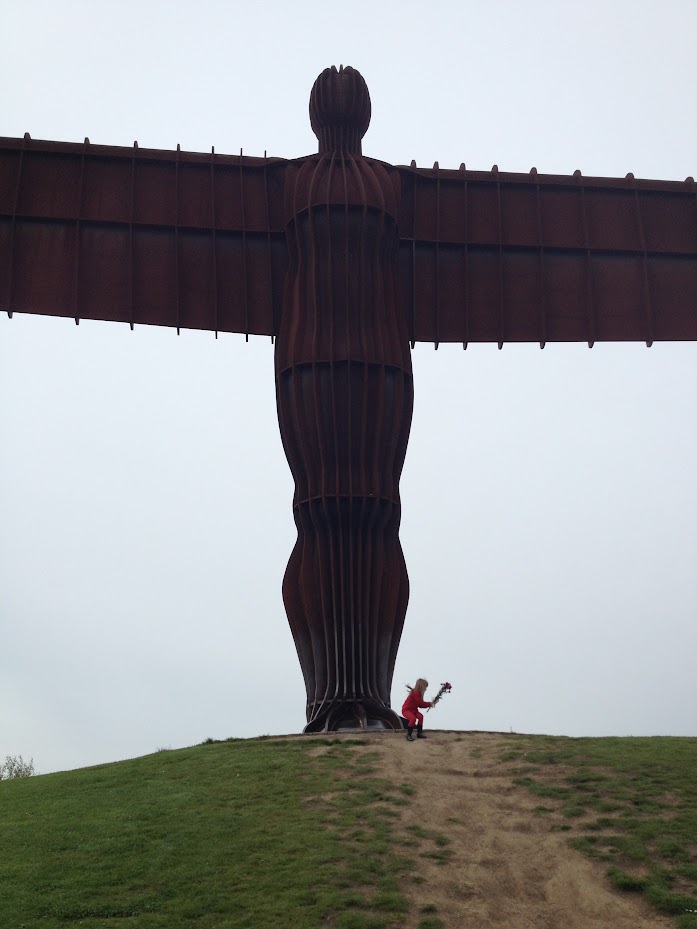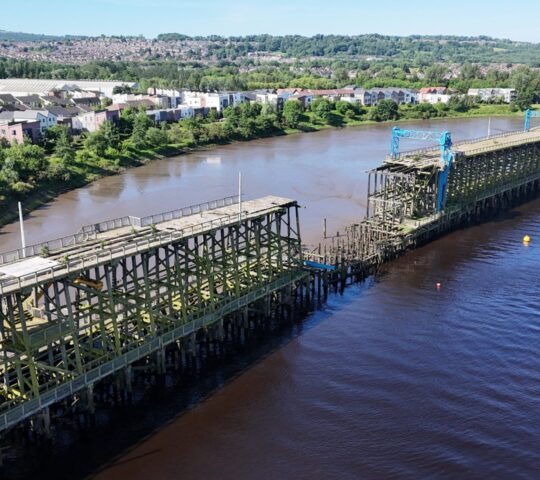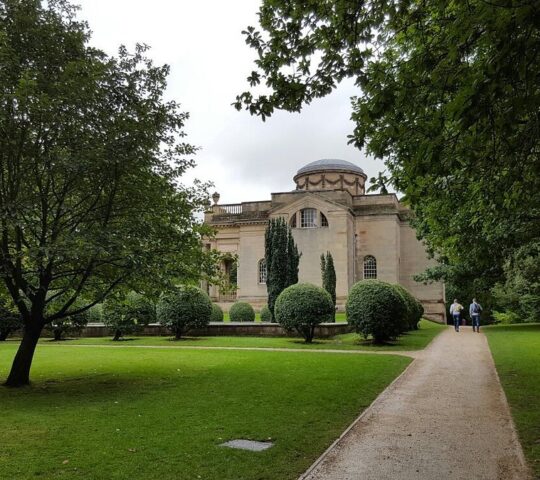Overview: The Angel of the North is one of the most iconic pieces of public art in the United Kingdom. Designed by renowned sculptor Antony Gormley, it stands majestically on a hill in Gateshead, overlooking the A1 and A167 roads.
Dimensions and Structure:
- Height: 20 meters (66 feet)
- Wingspan: 54 meters (177 feet) — wider than a Boeing 757’s wingspan
- Material: Weathering steel, which develops a stable rust-like appearance over time, giving the sculpture its distinctive, earthy color.
- Weight: Approximately 200 tonnes
History and Significance: Commissioned in 1994 and completed in 1998, the Angel of the North was conceived as a symbol of transition and a marker of the region’s past and future. It stands on the site of a former coal mine, representing the industrial heritage of the North East of England. Its forward-looking design signifies the region’s shift towards a new era of technological and cultural innovation.
Design and Construction: Antony Gormley’s vision for the sculpture was to create a piece that would be both awe-inspiring and accessible to the public. The wings are angled at 3.5 degrees forward to create a sense of embrace. The sculpture was fabricated in three parts—body and two wings—by Hartlepool Steel Fabrications Ltd. The structure was then transported to Gateshead in sections and assembled on-site.
Visitor Information:
- Access: The Angel of the North is free to visit and is accessible 24/7. It is located off the A1 near Gateshead, making it easily reachable by car. Public transportation options include buses from Newcastle and Gateshead.
- Parking: There is a designated parking area for visitors.
- Facilities: While there are no on-site facilities, nearby towns offer amenities including restaurants, cafes, and shops.
Interesting Facts:
- Visibility: The Angel of the North is visible from miles around and is seen by an estimated 90,000 people daily, thanks to its prominent position near major roadways.
- Public Interaction: The sculpture is often used as a backdrop for local events and activities, making it a vibrant part of the community.
- Cultural Impact: It has become a beloved symbol of the North East and has inspired numerous artistic and cultural projects.
Tips for Visitors:
- Best Time to Visit: Early morning or late afternoon for the best lighting conditions for photography.
- What to Bring: Comfortable shoes for walking around the site, and a camera to capture the stunning views.
- Nearby Attractions: Consider visiting the BALTIC Centre for Contemporary Art and the Sage Gateshead for a full day of cultural experiences.
Conclusion
The Angel of the North is not just a sculpture; it is a powerful symbol of resilience and transformation. Whether you’re a local resident or a visitor, standing in the shadow of this monumental artwork is an unforgettable experience.






